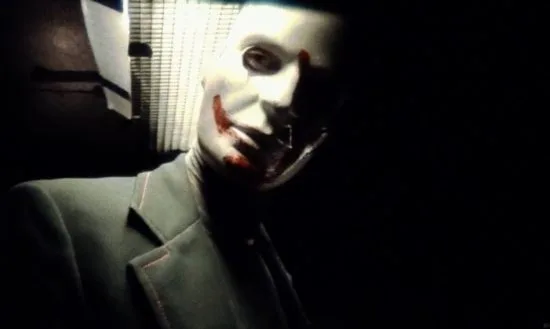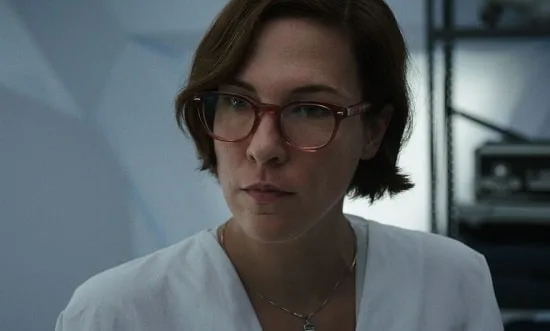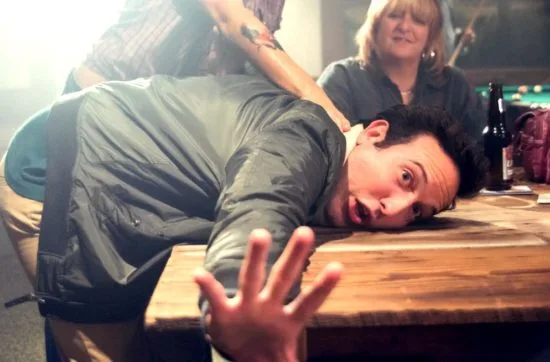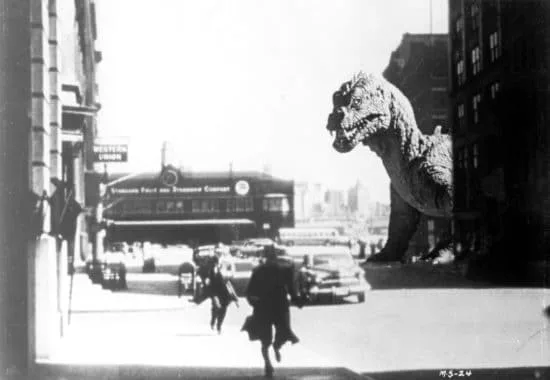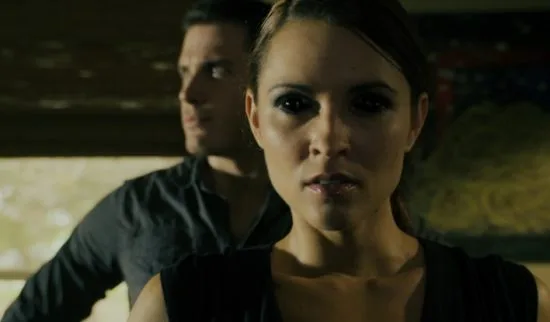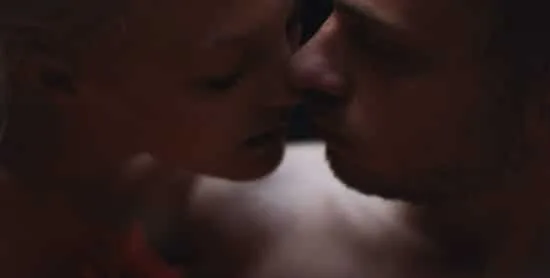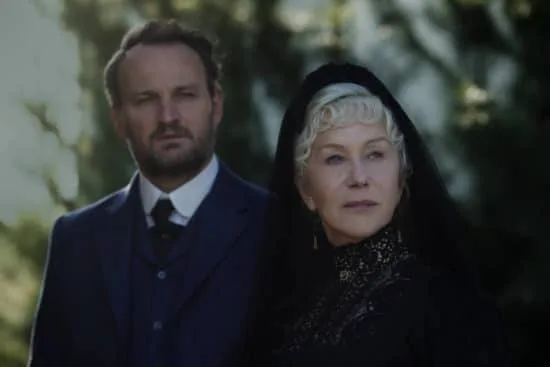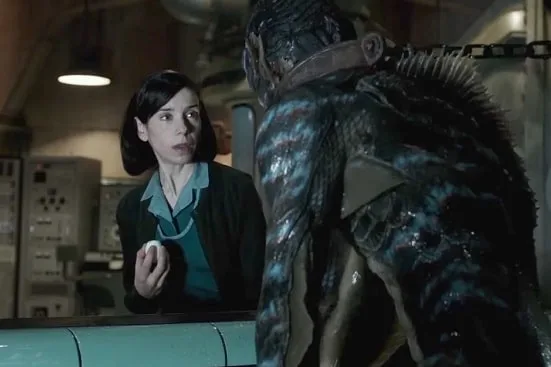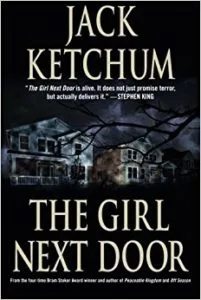
More recent years have seen attitudes change somewhat, and early 2018 is a very different climate in which to be introducing a new version of a female action hero than back when Angelina Jolie originated the role in 2001’s Lara Croft: Tomb Raider. In those lad’s mag days, the primary concern was on making Lara as sexy as possible and giving it all a bit of post-Matrix flash; the result was a duo of barely coherent, glossy blockbusters which wasted no time getting tedious. Even for those who weren’t devotees of the games, it was a crushing disappointment to see a character with such clear cinematic potential being squandered so terribly.
Fast forward to the present day, and in the wake of 2017’s Wonder Woman, old assumptions about audience interest in female-fronted blockbusters have given way to a demand for as many action heroines as possible. And with the Tomb Raider games having recently gone the Batman Begins/Casino Royale route and rebooted the adventures of Lara Croft in a more grounded and gritty form, so it is that the new big screen reboot has opted to follow suit. The resulting film is hardly earth-shattering, but it’s without question the best Tomb Raider movie yet, not that the bar was too high there in the first place.

his lifetime collection of porn reams of research on an obscure Japanese deity which he believed carried very real powers over life and death.
Lord Croft’s last message demands that Lara destroy all his research lest it fall into the wrong hands, but when Lara sees an opportunity to finally find out what became of her long last dad, she doesn’t hesitate in collecting together all the vital info and heading out to the Far East in search of the little-known island where she might find answers. She enlists ship captain Lu Ren (Daniel Wu) to get her there, although naturally he warns her it’s almost certain to go badly. Even more naturally, he’s soon proven right, as once they reach the island it turns out it’s already playing host to a band of heavily armed men led by Matthias Vogel (Walton Goggins) in search of the pivotal tomb, and they’re not too particular about how many people they have to enslave and/or kill to get what’s inside.
To my mind, the key problem with the earlier Tomb Raider films (apart from their incoherence and overriding air of filmmaking-by-committee) was that they seemed set on sending Lara on James Bond/Mission Impossible-esque globe-trotting missions with a team backing her up. This was a long way off from the video games, wherein she’s mostly fending for herself in harsh terrain. As such, I’m happy to see that director Roar Uthaug’s film for the most part puts Lara front and centre on her own. While there’s a slight goofiness to the London-based opening act, these scenes are important for establishing Lara’s tenacity and skill, without which we’d be forgiven for assuming this city girl wouldn’t last two seconds in the jungle with experienced mercenaries on her tail. These scenes also establish Vikander’s take on Lara as a likeable, relateable character, with clear humanity and vulnerability to counterbalance her strength, which wasn’t necessarily true of Jolie’s Lara.
Like every version of King Kong, Tomb Raider doesn’t really hit its stride until we reach the island. Once Lara’s on the run in the jungle, battling through a series of death-defying, at times literally cliff-hanging mishaps, we find ourselves watching a comparatively family friendly version of Rambo or Apocalypto. Note I do say comparatively: though 12A/PG-13 rated, Tomb Raider is definitely at the harder end of that rating, with a grim tone and some fairly brutal violence. Of course, once we reach the grand finale and the tomb in question is indeed raided, we’re more in Indiana Jones/The Mummy territory, but with a somewhat different approach to the mystical elements.
Perhaps unsurprisingly, the final scenes are trying a little too hard to set up a sequel, but it’s not as if a film like this ever gets made today without that in mind. The main thing is that Tomb Raider gives us a solid, self-contained action adventure which doesn’t rewrite the rule book, but is perfectly satisfying in its own right. I certainly hope it leads to more Hollywood work for director Uthaug (whose earlier film The Wave impressed Keri, although I still haven’t it), but there’s no question that the true star of the show is Vikander. While there are always going to be those who object to her casting on the grounds of her a) not being English and b) not having huge tits – and we all know there’s a lot more in the b) camp – I fail to see how anyone can watch her in action without being transfixed. She’s compelling, charismatic, physically remarkable; everything we need Lara Croft to be, even without the tiny short-shorts, lethally pointy double-Ds, and tendency to softly moan “AHH” every time she collides with a wall.
Tomb Raider is in cinemas now.
